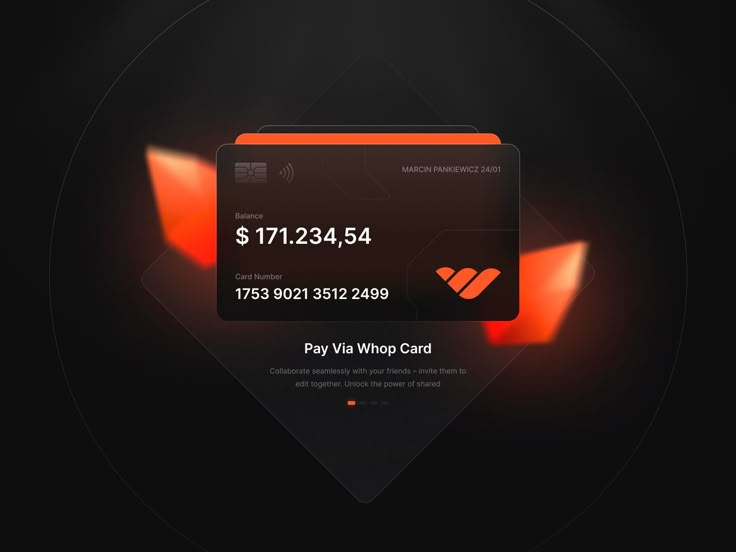Stylish Business Card Design: The Art of Presentation in the Palm of Your Hand
Your business card is not just a piece of paper, it represents your professional identity and personal brand. A stylish and well-thought-out design can convey a lasting message and captivate the customer at the first encounter. From the choice of material to typography and coloring, every detail plays a role in creating this small but impactful work.
Material Selection: A Foundation for a Magnificent Effect
The type of business card is a key factor in conveying a sense of quality and authenticity. Thick papers with high grammage such as 400 grams or even types with matte and glossy laminate coating are not only more durable, but also give a sense of luxury and prestige to the audience. For special and memorable designs, creative options such as plexiglass, wooden or even metal cards can be used, which will definitely remain in the audience’s visual memory.
Color and Palette: Your Brand’s Nonverbal Language
Color speaks to the viewer before any text. A color palette that aligns with your brand identity—whether minimalist and monochromatic or a mix of modern hues—can set your business card apart from the ordinary. Using neutral colors like gold, silver, or black with white often creates a classic and luxurious look, while bold, contemporary color palettes can showcase energy and creativity.
Typography: Giving Voice to Words
Your chosen font can either shout out your brand’s mood or quietly convey it. Sans-serif fonts with their clean, modern lines are perfect for today’s brands, while serif fonts can convey a sense of authenticity and professionalism. It’s important to follow a strict typographic hierarchy—your name or brand should be bold and legible, while your contact information should be clear but appropriately sized to balance the card’s appearance.
Shape and Cut: Break the mold
If you want your business card to really stand out from the crowd, think about its shape and cut. Non-rectangular cuts—circles, rounded edges, or even custom shapes—can create instant attention. You can also use printing techniques like spot UV to create glossy areas on a matte background, embossing to create physical texture, or letterpress to create a raised effect on the paper, all of which can provide a unique sensory experience for your audience.
Simplicity and White Space: Less is More
A sleek design doesn’t necessarily mean cluttering up every inch of your card. On the contrary, clever use of white space can allow your most important information to breathe, increasing readability and impact. This negative space not only makes the design look modern and elegant, but it also helps guide the viewer straight to key information without confusion.


No comments yet.